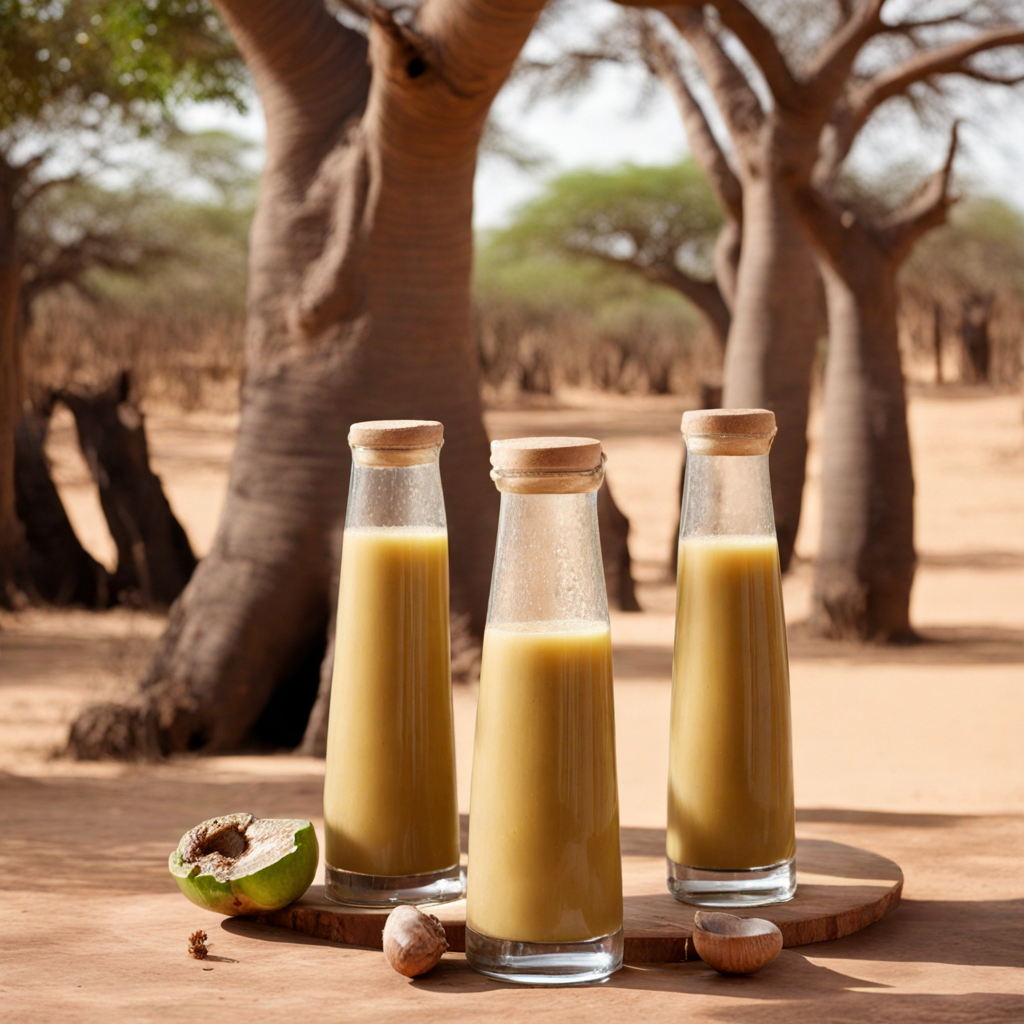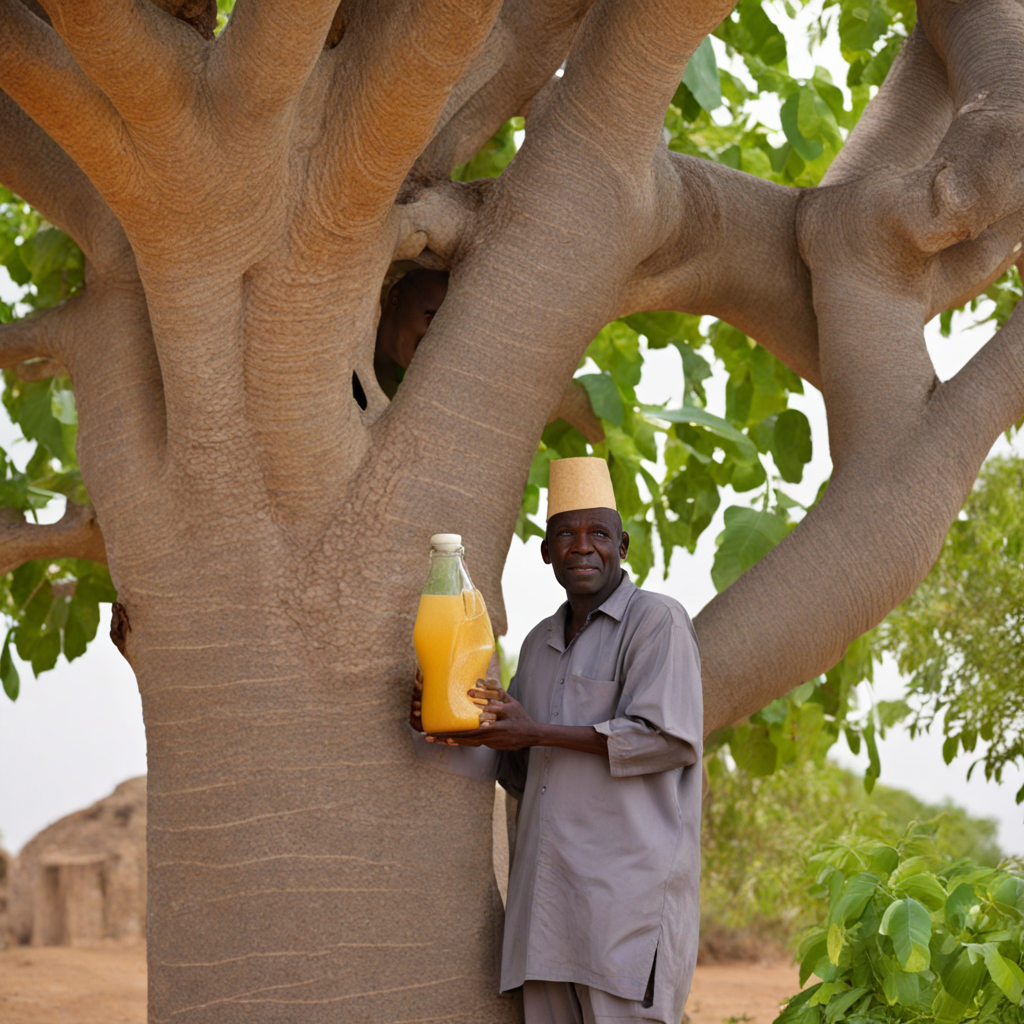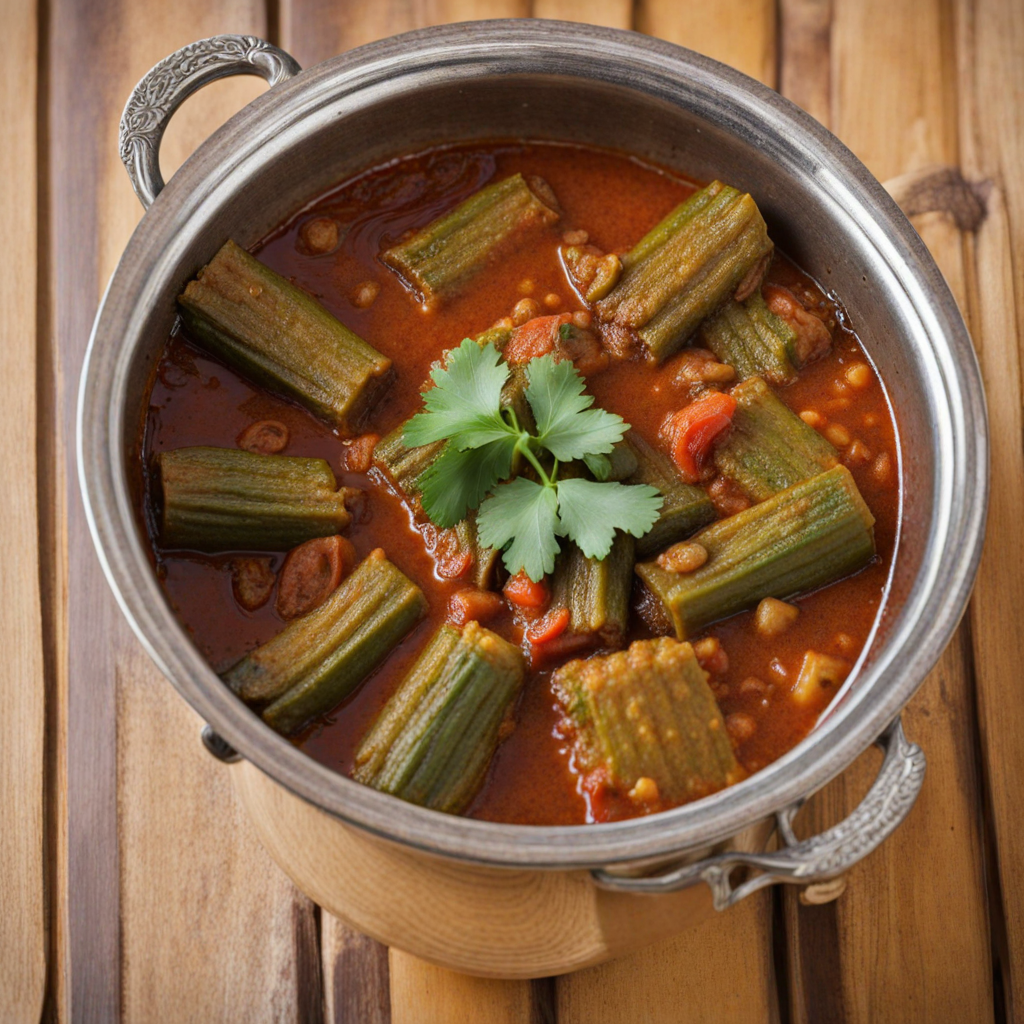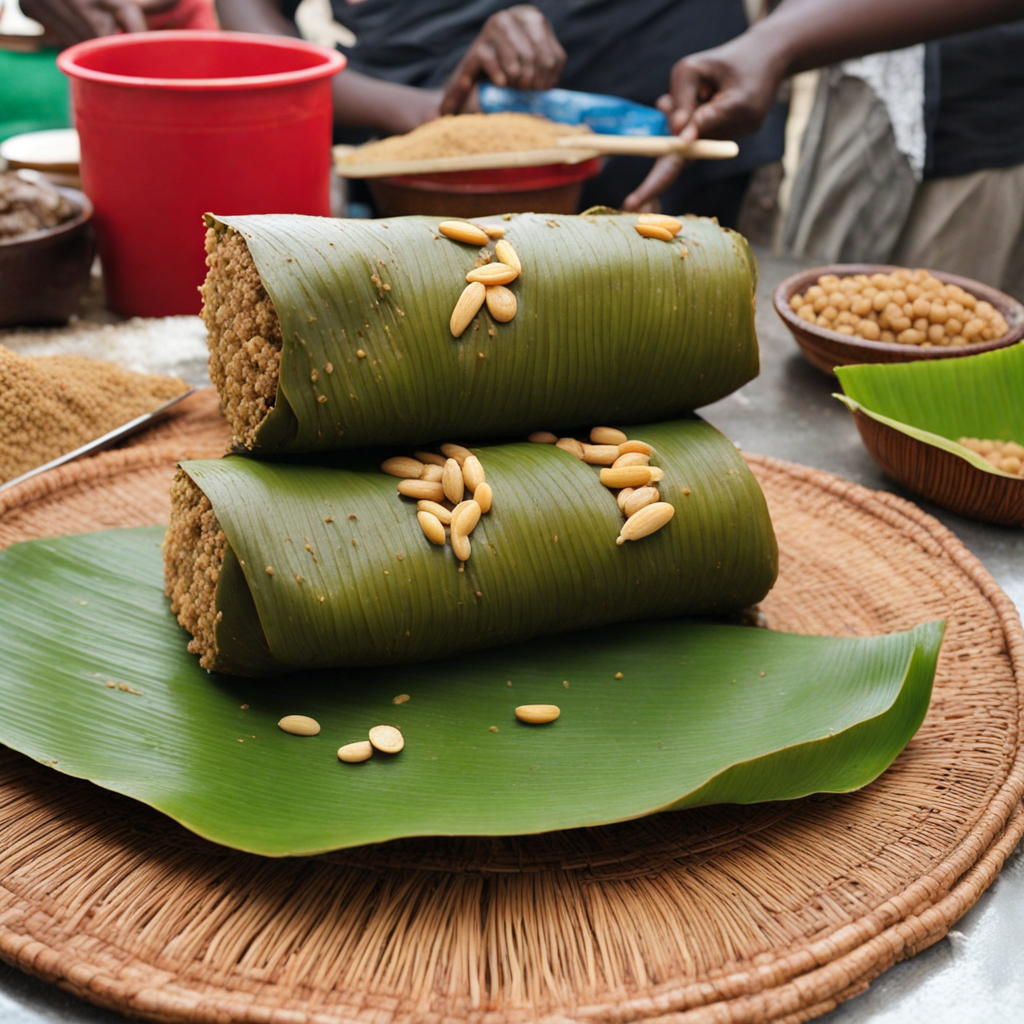Baobab Juice
Baobab juice, a refreshing and nutritious beverage from Senegal, is derived from the fruit of the iconic baobab tree, known for its distinctive trunk and longevity. The fruit, often referred to as "monkey bread," has a hard shell containing a tangy, powdery pulp that is rich in vitamins and antioxidants. When prepared as a juice, the pulp is mixed with water and sweetened with sugar or honey, creating a drink that is both tantalizingly tart and mildly sweet, offering a unique flavor profile that is unlike any other fruit juice. The flavor of baobab juice is a delightful blend of citrus and tropical notes, evoking the essence of the African landscape. Its tartness is reminiscent of lemon or lime, while its creamy texture carries hints of vanilla and caramel. This complexity makes baobab juice a versatile base for cocktails or a refreshing complement to spicy dishes. The drink not only tantalizes the taste buds but also provides a burst of energy, making it a popular choice among locals as well as visitors eager to sample the vibrant culture of Senegal. In addition to its delicious taste, baobab juice is celebrated for its health benefits. Rich in vitamin C, calcium, and fiber, it is often touted as a superfood that supports immune function and digestive health. The juice is also known for its hydrating qualities, perfect for quenching thirst in the warm Senegalese climate. Whether enjoyed on its own or as part of a traditional meal, baobab juice offers an exciting culinary experience that invites you to explore the rich flavors and heritage of Senegal.
How It Became This Dish
The History of Jus de Bouye: A Traditional Senegalese Drink #### Origins of Jus de Bouye Jus de Bouye, a refreshing beverage made from the fruit of the baobab tree (Adansonia digitata), is a cherished drink in Senegal and across West Africa. The baobab tree, often referred to as the "Tree of Life," thrives in the arid regions of Africa and is renowned for its unique, gnarled trunk and edible fruit. The fruit itself is a hard, pod-like structure that contains a sour pulp, seeds, and a fibrous husk. Jus de Bouye is created by extracting the pulp from the dried fruit and mixing it with water, sugar, and sometimes flavorings like mint or citrus to enhance its taste. The baobab tree's significance in Senegalese culture extends far beyond its culinary uses. Traditionally, it has been a source of shelter, medicine, and nutrition. The fruit is rich in vitamin C, antioxidants, and essential nutrients, making it a valuable food source, particularly in regions where other fruits may be scarce. The harvesting and consumption of baobab fruit date back centuries, with its mention in historical texts revealing its importance to the local diet and economy. #### Cultural Significance In Senegal, Jus de Bouye is not merely a drink; it is a symbol of cultural identity and communal connection. The beverage is often served during family gatherings, celebrations, and religious events, serving as a reminder of the deep-rooted traditions of hospitality and sharing in Senegalese society. The process of making Jus de Bouye is often communal; families and friends come together to prepare the drink, reinforcing bonds and fostering a sense of community. The baobab tree also carries spiritual significance in many West African cultures. It is often regarded as a sacred tree, associated with various folklore and myths. In some regions, it is believed that spirits inhabit the tree, and thus, it is treated with great respect. The drink made from its fruit embodies the essence of the land and the people, connecting them to their heritage. #### Development Over Time As Senegal has evolved, so too has the preparation and consumption of Jus de Bouye. Traditionally, the drink was made using simple, artisanal methods, where the fruit was collected, dried, and manually processed. This traditional approach ensured that the drink retained its natural flavors and health benefits. However, as urbanization and globalization have taken hold, the methods of production and consumption have adapted to changing lifestyles. In the mid-20th century, the arrival of new technologies and the growth of the beverage industry began to influence the way Jus de Bouye was made. The traditional method of preparing the drink became complemented by industrial processes. While many Senegalese continue to prepare Jus de Bouye in the traditional manner, others have turned to commercially produced versions, which are often bottled and flavored to cater to a broader market. These commercial products have made Jus de Bouye more accessible to people beyond Senegal, promoting its popularity in international markets. Despite these changes, the essence of Jus de Bouye remains intact. Local producers often emphasize the use of organic baobab fruit, staying true to the drink’s roots while appealing to health-conscious consumers. The beverage has garnered attention in the health and wellness community due to its nutritional properties, leading to an increased interest in the baobab fruit on a global scale. #### Global Recognition and Contemporary Trends In recent years, Jus de Bouye has gained recognition beyond Senegal's borders. The global trend towards natural and functional foods has helped elevate the status of the baobab fruit, and Jus de Bouye has become a symbol of this movement. The drink's unique flavor profile and health attributes have attracted the interest of food enthusiasts and health-conscious consumers worldwide. Culinary trends in the West have seen baobab fruit being incorporated into various products such as smoothies, energy bars, and health supplements. This has created a burgeoning market for Jus de Bouye and baobab products, allowing Senegalese producers to export their traditional beverage and share their heritage with a global audience. Moreover, the rise of eco-tourism in Senegal has further promoted the cultural significance of Jus de Bouye. Tourists seek authentic experiences, and local guides often include visits to baobab trees and demonstrations of traditional drink preparation in their itineraries. Such experiences allow visitors to engage with Senegalese culture directly and appreciate the communal aspect of making and enjoying Jus de Bouye. #### Conclusion Jus de Bouye is more than just a drink; it encapsulates the essence of Senegalese culture, history, and identity. From its origins as a traditional beverage enjoyed by local communities to its contemporary presence in global markets, Jus de Bouye has adapted while retaining its cultural significance. As the world becomes increasingly interconnected, this beloved Senegalese drink continues to symbolize the rich culinary heritage of West Africa, serving as a bridge between the past and the future. As we sip on a glass of Jus de Bouye, we not only taste the unique flavors of the baobab fruit but also consume a part of Senegal’s rich history and vibrant culture. The drink reminds us of the importance of community, the wisdom of traditions, and the enduring connection between people and the land.
You may like
Discover local flavors from Senegal







